I have always loved the look of the traditional Meiji/Taisho era schoolgirl outfits; the youthfulness of the hakama, the timeless feel of the yagasuri kimono, the modern and almost masculine touches of little leather ankle boots. When I splurged on this teal hakama a few months back, I’d imagined pairing it with my red and white yagasuri komon. What I hadn’t thought of was including this vintage taffeta haori I love to death, but as soon as I saw the three pieces sitting together in a pile I knew I’d found the perfect finishing touch to this outfit and with lots of schools starting this week, it seemed like an ideal time to pull it all together.
I knew I wanted to use a black obi to help anchor everything, but I don’t actually own a black hanhaba obi. Thankfully, because I was just dressing the mannequin, I could fudge things a little. I used the waist part of a two-piece tsuke-obi and a big obi-makura in the back to give the hakama something to anchor to. The plum motif of the haneri might not be totally seasonally appropriate for a “back to school” outfit, but the colours felt so right I had to run with it.
Aside from the haori (which is incredibly narrow, even by vintage standards), these pieces are all quite large which means I can totally fit into them. The hakama especially makes it easier and more comfortable for me, so expect to see this coordination on yours truly at some point in the near future. A cute pair of ankle boots would make things easy and still be appropriate to the ensemble. I just need to invest in a proper black hanhaba obi and then find somewhere to go and hope that the cooperates!
Items used in this coordination
- Yagasuri
- Black with Crows
- Black Pente Lobster
- Stripes with Ume

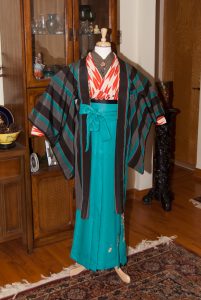
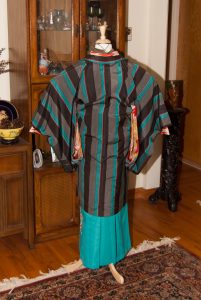
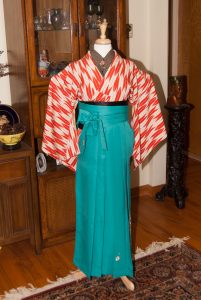
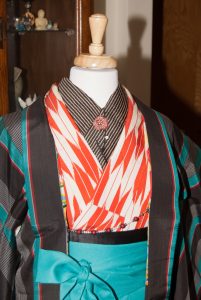
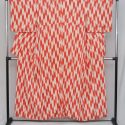
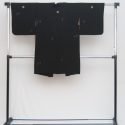
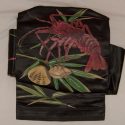
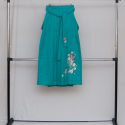
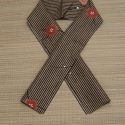
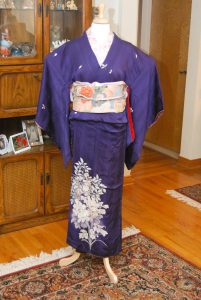
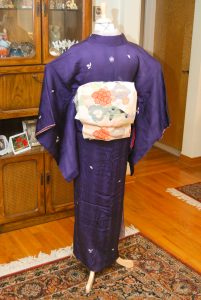
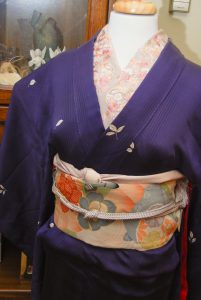
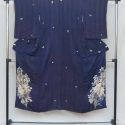
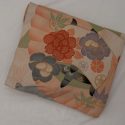
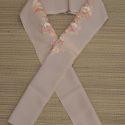
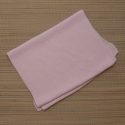
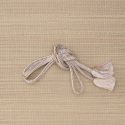













 Bebe Taian
Bebe Taian CHOKO Blog
CHOKO Blog Gion Kobu
Gion Kobu